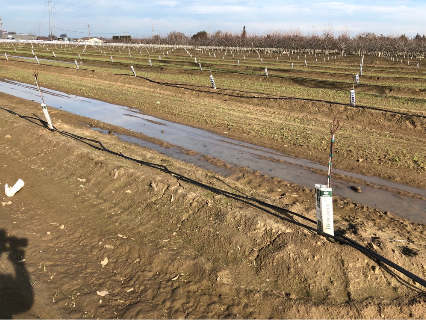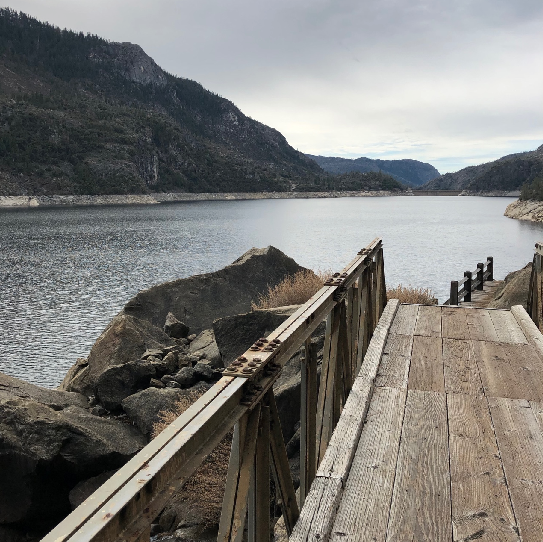For years river advocacy and fishing groups, CSERC, and other environmental interests have all strongly supported state and federal scientists who have called for higher minimum flows in the Merced, Tuolumne, and Stanislaus rivers. Those three rivers flow into the San Joaquin River and on into the Bay Delta - providing essential aquatic habitat for migrating salmon and other aquatic species.
State Water Board officials proposed in 2016 to raise river flows in the three rivers to 30-50% of what would naturally flow in each river if diversions weren’t siphoning 80% of the flows for agriculture and other uses - as often occurs now. But the water districts supplying agricultural operations in the Central Valley went ballistic in denouncing the Plan. They threatened lawsuits. They launched media campaigns. And they rallied farmers and other water users to attend emotional protests railing against the Plan.
On December 12th, after delaying a decision for a month to give water interests a last chance to negotiate, the State Water Board approved the Phase 1 Bay Delta Plan – a first step toward keeping 40% of the natural, unimpaired flow in the three rivers.

Not unexpectedly, the water districts filed litigation on January 10th. An ally of the districts, the San Francisco PUC, also joined in the litigation – a sad reflection on the city’s true environmental values. Even as the litigation was filed, vast amounts of historic grazing land in the Central Valley continued to be converted to new plantings of almond and walnut orchards dependent on irrigation.
Since the recent drought, thousands of acres just in the Oakdale, Modesto, and Ceres area have been planted in orchards (left) – despite climate change making drought more frequent and the need for water in rivers even greater.
Law firms are now engaged by the water districts and San Francisco in their collective effort to block the State Water Board from moving forward with the river flow restoration plan. As with other sorely needed environmental restoration plans in Calfiornia, there are almost always opponents with financial reasons to go to great lengths to try to keep the status quo. This struggle may play out in court for years. In the meantime, salmon populations may continue to decline, and the three river systems will continue to face water quality challenges. (The photo below shows Hetch Hetchy Reservoir, where San Francisco’s water demands caused the spectacular and iconic valley to be drowned a century ago to benefit Bay Area customers. Now San Francisco is fighting to prevent the State from keeping 40% of flows in the Tuolumne River for fish and water benefits. Legal claims assert that removing 60% of the river for agricultural and other water user demands isn’t enough. Water users want even more.)


